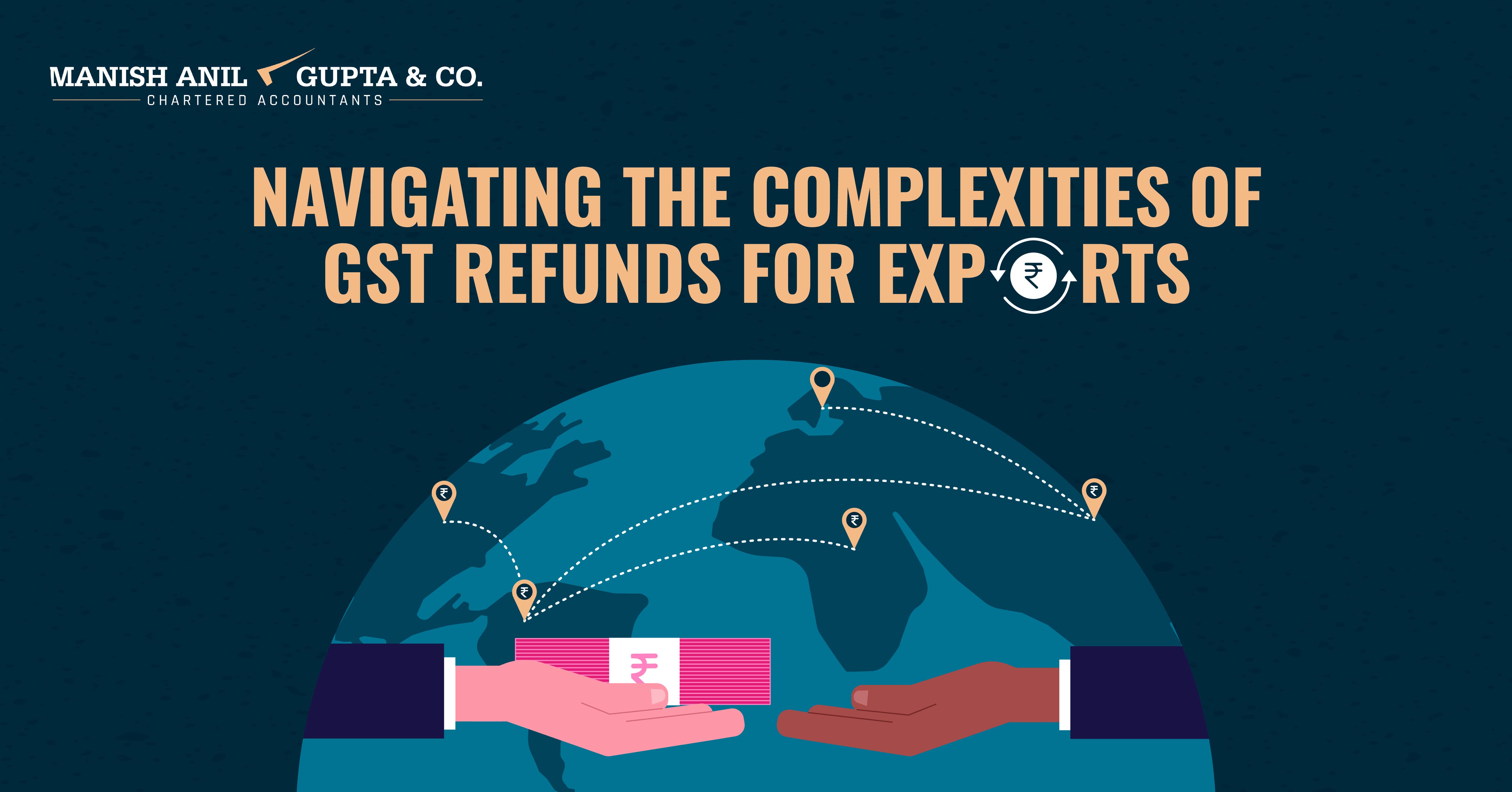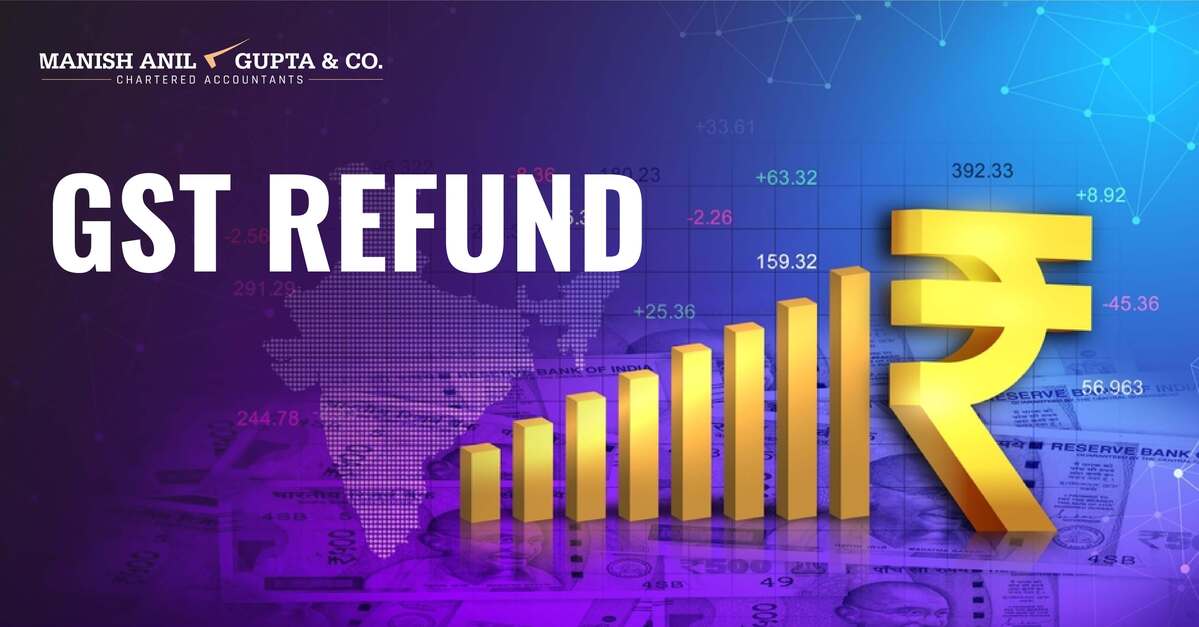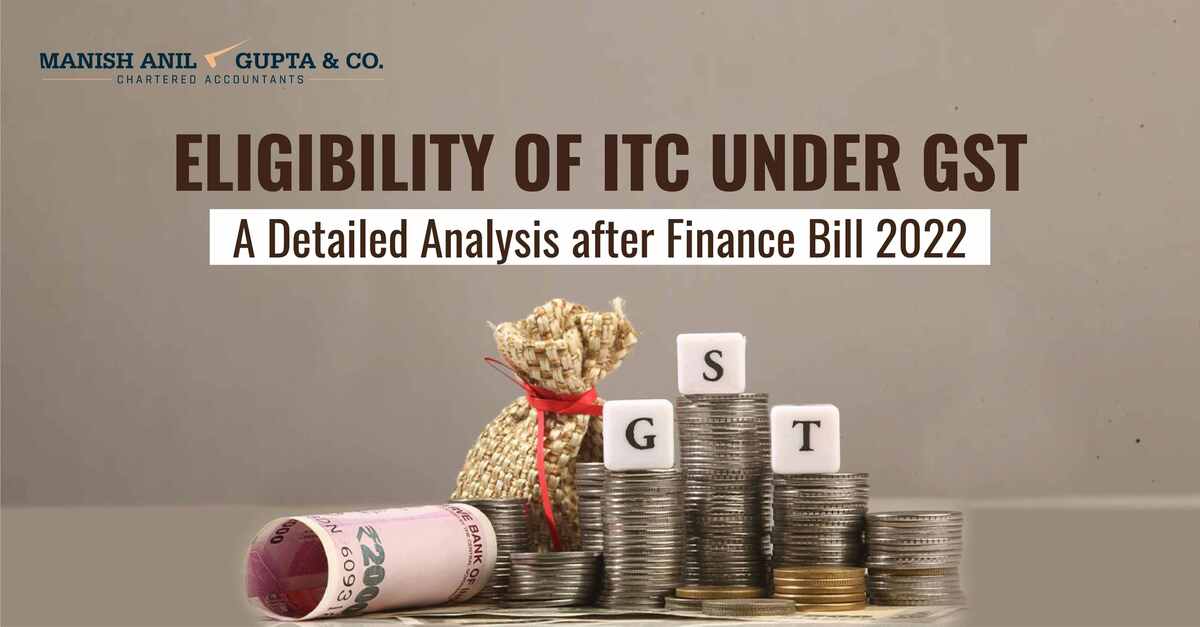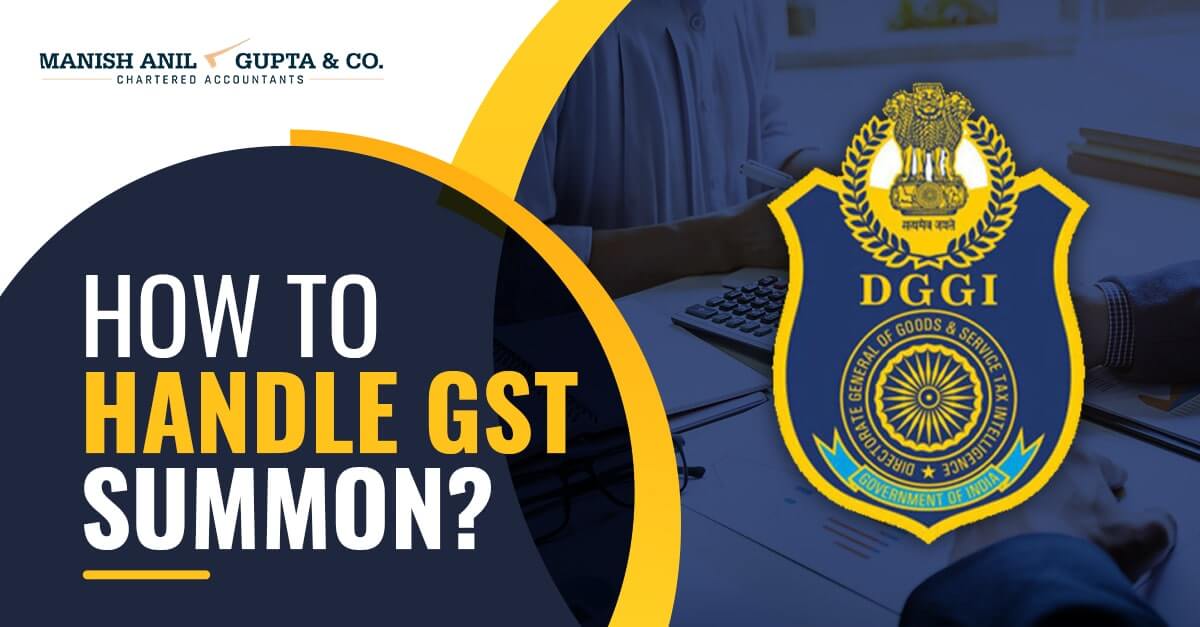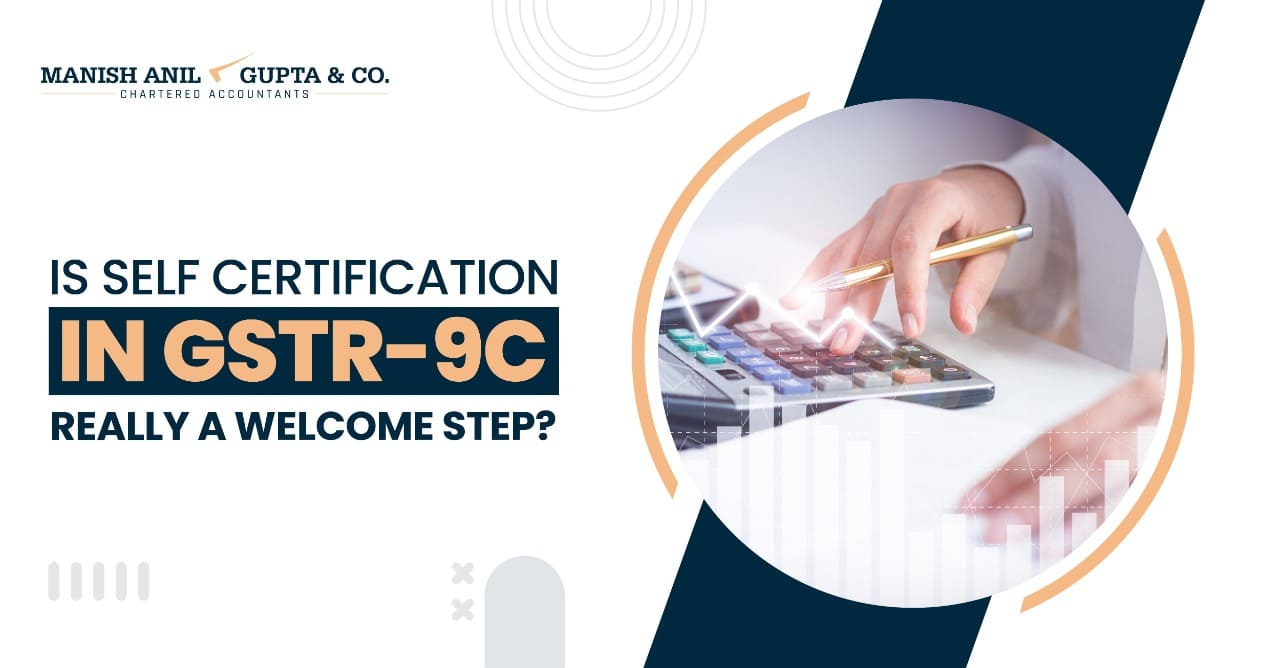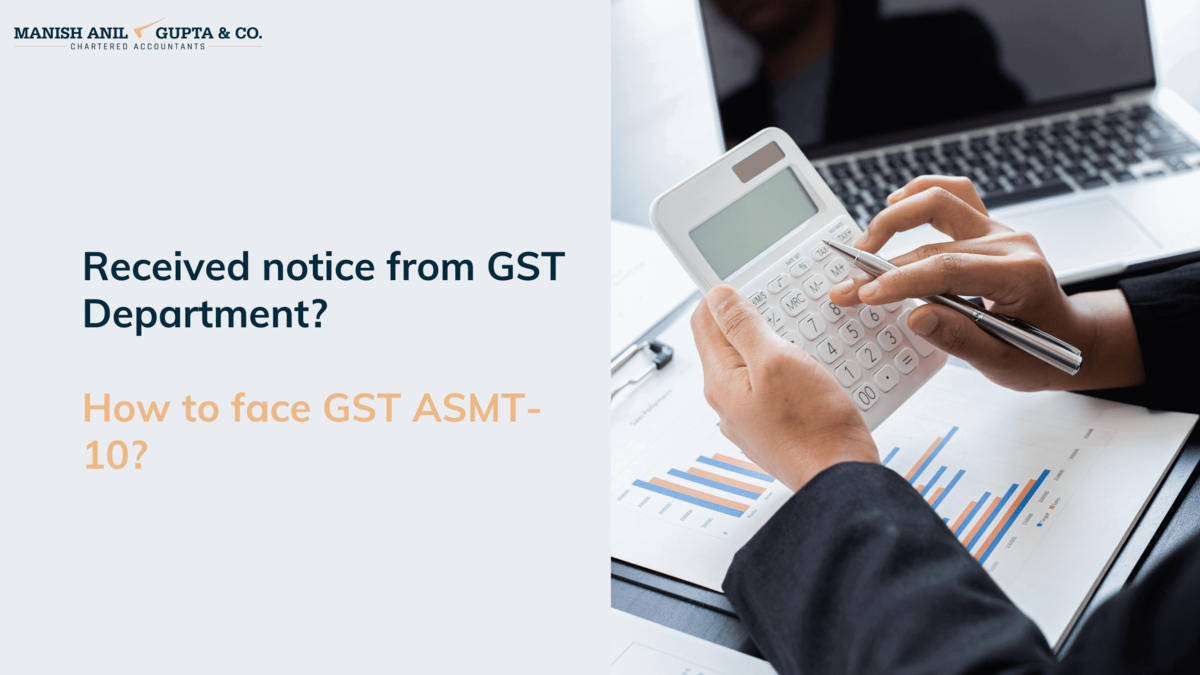Introduction
In a competitive environment where a business owner is riddled with Tax compliances and procedural formalities imposed on them by the authorities, one can easily get lost in the abyss and miss out on critical regulatory tasks. One such compliance comes in the form of GST Return filing. Our team consist of GST domain experts, Chartered Accountants and Lawyers who are dedicated heads over heals to serve you with the best GST Return filing solutions there exist.
What does a GST Return mean?
A GST Return is a document containing detailed information of tax collected and paid on all the outward and inward supplies of goods and services made by a taxpayer. This return is to be filed separately for each
GSTIN as the Tax authorities use it for ascertaining net tax liability.
The main components of a GST Return filed by a registered dealer are
* Outward Supplies
* Inwards Supplies
* Output GST (On sales)
* Input Tax Credit (On Purchases)
Different types of GST Returns?
Out of 22 types of GST returns prescribed under the GST Rules, only 11 GST returns are active; the rest are either suspended or are of view only in nature.
The relevant types of returns for taxpayers are as follows:
GSTR-1
GSTR-1 is the return used for reporting details of all
outward supplies of goods and services made. It contains the invoices, debit/credit notes and any amendments made to previous sale invoices (even if they pertain to the last tax period).
The current frequency of filing GSTR-1 is as follows:
* Monthly, by 11th of every month - If the business either has an annual aggregate turnover of greater than Rs.5 crore or has not opted into QRMP Scheme
* Quarterly, by 13th of the month after the quarter has ended - If QRMP Scheme has been opted by the business.
GSTR-2A
GSTR-2A is a statement relevant for the recipient or buyer of goods and services that is
view-only and
dynamic in nature. The details of purchases made during a tax period from GST registered suppliers, i.e. inward supplies of goods and services produced, are furnished here.
As per
Notification No. 40/2021-Central tax dated 29th December 2021, GSTR-2A will be available on the portal only till December 2021. After that, the taxpayers can refer to
GSTR 2B for availing the input tax credit-related services.
GSTR-2B
GSTR-2B is also a
view-only but
static statement significant for the recipient or buyer of goods and services.It provides eligible and ineligible Input tax credit (ITC), similar to GSTR 2A for each month, but it remains constant for a period. Data filed by the corresponding suppliers in GSTR-1/IFF, GSTR-5 and GSTR-6 returns act as a basis for the auto-population of the same in GSTR 2B. As it is a read-only return, one can perform no action
regarding furnishing details and filing
.
It is to be noted that the process of GSTR-2B generation starts after the ending of the GSTR-1/IFF, GSTR-5 and GSTR-6 due date. Hence, it is available to all Normal, Casual and SEZ taxpayers for each tax period on the
14th day of the succeeding month.
GSTR-3B
GSTR-3B is a monthly return filed for furnishing summarized details of ascertained tax liability, input tax credit claimed, outward supplies and payment of taxes.
All regular taxpayers registered under GST are required to file GSTR-3B. The details regarding outward supplies and input tax credit must be reconciled with GSTR-1 and GSTR-2B for every tax period before filing GSTR-3B to avoid GST notices in future or
suspension of GST registration as well.
The current frequency of filing GSTR-3B is as follows:
* Monthly, 20th of every month - For taxpayers having an aggregate turnover of more than Rs. 5 crore in the previous financial year or have been otherwise eligible but still opted out of the QRMP scheme
* Quarterly, 22nd or 24thof the month following the end of quarter depending upon the category of states - For the taxpayers who are eligible and remain opted into the QRMP scheme along with an aggregate turnover equal to or below Rs 5 crore.
GSTR-4
GSTR-4 is the
annual return filed by
30th April following the relevant financial year by the taxable persons covered under Section 10 of CGST Act,2017 (Composition Scheme).
Before FY 2019-20, taxpayers used to file this return quarterly. After that, it got replaced by a simple challan in form
CMP-08 filed by
the 18th of the month, succeeding every quarter.
GSTR-5
GSTR-5 is the return filed by
non-resident foreign taxpayers registered under GST carrying out business transactions in India. The return contains details of all outward and inward supplies, credit notes, debit notes, tax liability and its payment. The filing of GSTR-5 return is carried out according to the GSTIN of the registered taxpayer in India by the
20th of each month succeeding the current tax period.
GSTR-6
GSTR-6 is a monthly return filed by an
Input Service Distributor (ISD). It contains details of all documents issued by the ISD for the distribution of input credit and the credit received along with its distribution pattern.
13th of every month succeeding the current tax period is considered the due date to file a GSTR-6
return.
GSTR-7
GSTR-7 is a monthly return filed by persons required to deduct
TDS (Tax deducted at source) under GST. This return contains details of TDS deducted, TDS refund claimed (if any), and the TDS liability payable and paid.
10th of every month succeeding the current tax period is considered to be the due date of filing GSTR7
.
GSTR-8
GSTR-8 is a monthly return filed by e-commerce operators registered under the GST who fall under the gambit of
collecting Tax at Source (TCS). It contains detailed information of all supplies made through the e-commerce platform and the TCS collected on the same.
10th of every month succeeding the current tax period is taken as the due date to file a GSTR-8 return.
GSTR-9
GSTR-9 is referred to the
annual return to be filed by all taxpayers registered under GST. It is a coalition of all the returns, be it monthly or quarterly (GSTR-1, GSTR-2B, GSTR-3B) filed during that financial year. As per GST law, GSTR-9 is to be filed by
31st December of the year following the relevant financial year but the same is extended to
28th February 2022for the financial year 20-21.
However, a few exceptions include taxpayers who are input service distributors, non-resident taxable persons, casual taxable persons, have opted for the composition scheme, and persons paying TDS under section 51 of the CGST Act.
Note:
Notification No. 31/2021 dated 30th July 2021 has exempted the registered persons with aggregate turnover up to INR 2 crores in FY 2020-21 from the filing of Form GSTR-9 for FY 2020-21.
GSTR-10
GSTR-10 is also known as
Final Return as it is filed by a taxable person who got his registration cancelled or has surrendered the same. It is to be filed within three months from the cancellation order or date of cancellation, whichever is earlier.
How to file GST Returns?
Here at MAG, we are committed to providing you with the
Best GST Return Consultancy and making the filing of GST returns online in India a very seamless process for the client.
The process of filing GST
Return 3B online is:
* Step:1 Visit the GST portal
(www.gst.gov.in).
* Step:2 Ensure that you are registered under GST and have the 15 digits GST identification number that is based on the state code and PAN. It can be obtained by registering yourself online on the portal.
* Step:3 To file a return, go to ‘Returns dashboard’ in the 'Service’ column and fill in the financial year as well as the return filing period.
* Step:4 There, select the return you want to file and click on ‘Prepare online’. Enter all the values related to your return, including the amount of all outward and inward supplies made during the relevant tax period and the amount of late fee, interest or penalty, if any.
* Step:5 As all the details get filled up, click on ‘Save’, and a success message will pop up on your screen, after which you have to click on ‘Submit’ to file your return.
* Step:6 As the status of your return changes to ‘Submitted’, Click on the
‘Payment of Tax’ tile. Here you have to offset your liability with the available credit balance by mentioning the amount of ITC you want to use and then click on ‘Offset Liability’ to make the payment.
* Step:7 Lastly
, you have to select the authorized signatory from the drop-down list and select among the two options ‘File form with DSC’ or ‘File form with EVC’ and click ‘Proceed’.
For the best GST Return filing services, please get in touch with us at
info@manishanilgupta.com. Our team of experts will assist you in filing all your GST Returns and paying the applicable taxes in time so that you don't have to bear any interest, penalties and other legal consequences.
